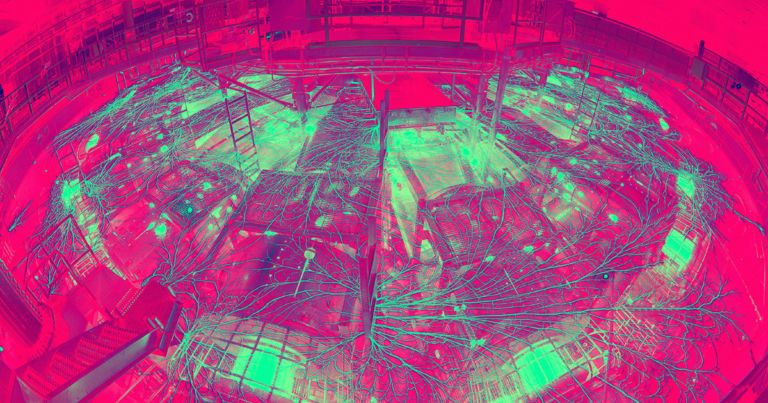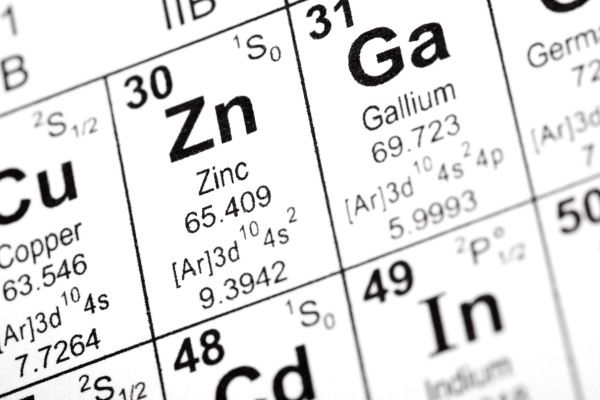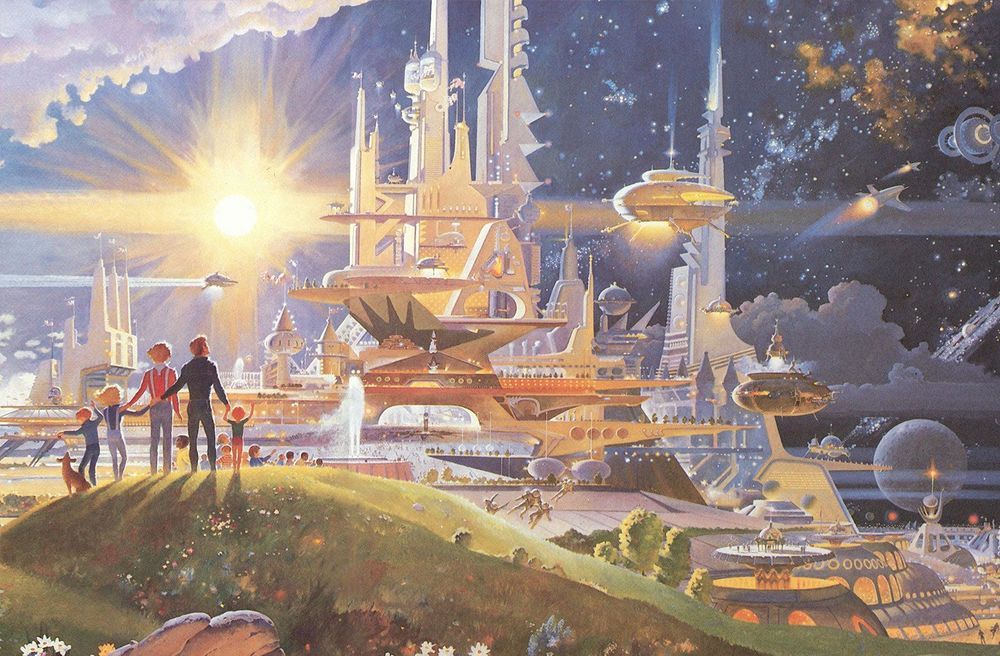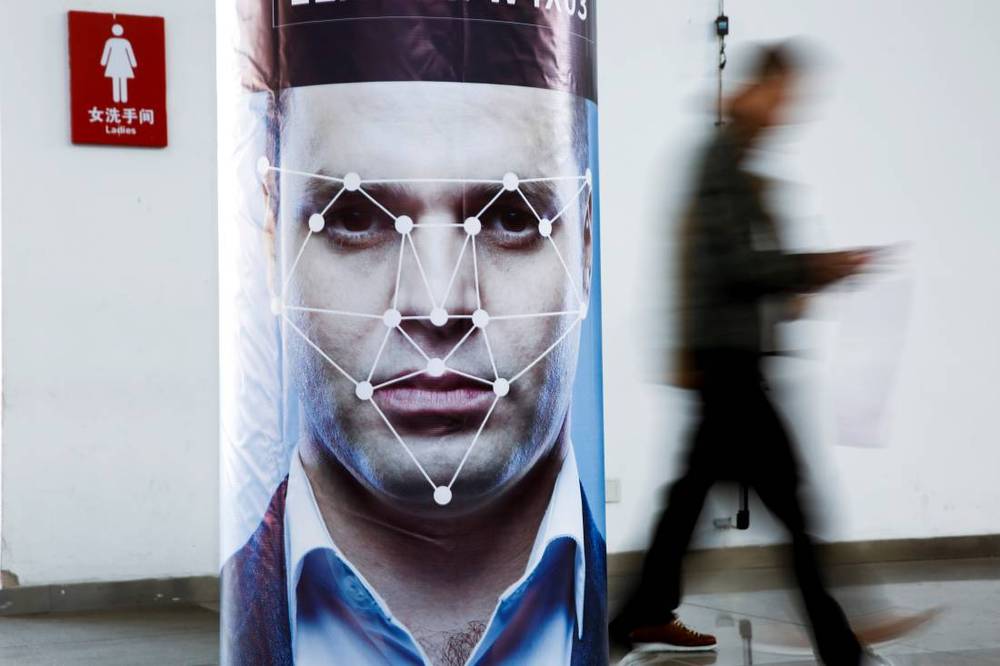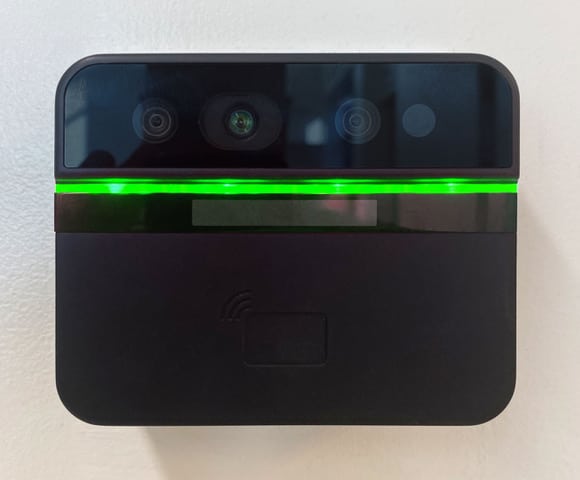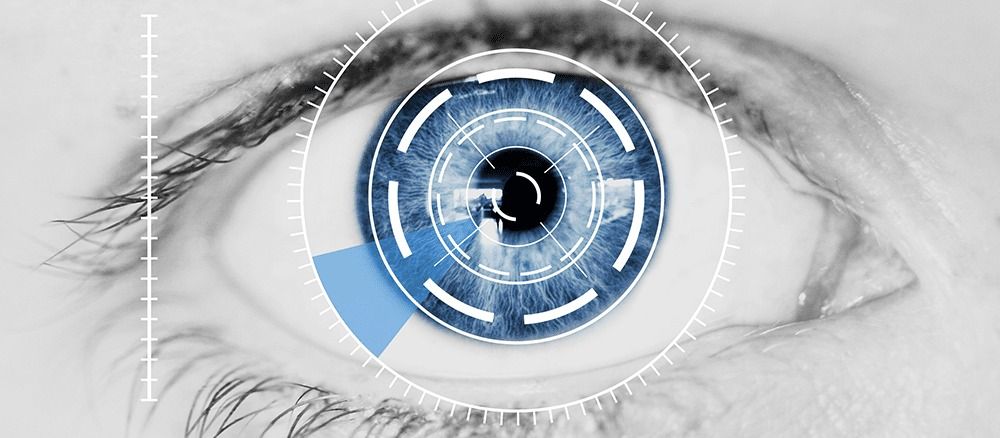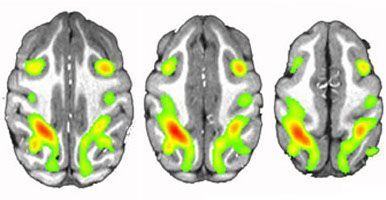The process even skips the “need for a heat exchanger or steam turbine generator” and can feed an electrical flow “almost directly into an existing power grid,” according to the company’s statement.
No nuclear waste, no steam, zero chance of a nuclear meltdown. It almost sounds too good to be true — but the startup still has a lot to prove. McKenzie admitted himself he doesn’t know if or when the startup’s idea could be turned into a commercial reality.
“I don’t want to be a laughing stock by promising we can deliver something in 10 years, and then not getting there,” he told New Atlas.
